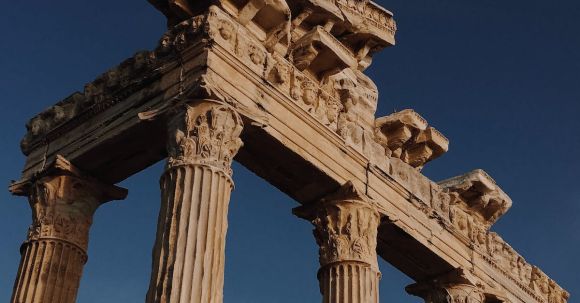Preserving Artistic Heritage for Future Generations
Artistic heritage is a testament to the creativity, culture, and history of a society. It is our responsibility to ensure that this heritage is safeguarded and passed down to future generations. However, preserving artistic heritage is not without its challenges. In this article, we will explore some effective strategies and initiatives that can be undertaken to protect and preserve our artistic heritage for the benefit of future generations.
Understanding the Value of Artistic Heritage
Before we delve into preservation strategies, it is crucial to understand the value of artistic heritage. Art acts as a window into the past, allowing us to gain insights into the thoughts, emotions, and experiences of previous generations. It connects us to our roots and helps us appreciate the beauty and diversity of human expression. By preserving artistic heritage, we ensure that these connections remain intact and accessible to future generations.
Documentation and Digitization
One of the most effective ways to preserve artistic heritage is through documentation and digitization. By creating detailed records and digital replicas of artworks, we can ensure that even if the physical pieces deteriorate over time, their essence and significance are preserved. This process involves high-resolution imaging, cataloging, and archiving, making it easier to study, share, and learn from these artworks in the future.
Conservation and Restoration
Conservation and restoration play a crucial role in preserving artistic heritage. Over time, artworks can deteriorate due to environmental factors, aging, or improper handling. By employing specialized techniques, conservators can repair and restore these artworks, ensuring their longevity and preserving their original aesthetic qualities. However, it is essential to strike a balance between restoration and maintaining the historical integrity of the artwork, as overzealous restoration can sometimes lead to the loss of historical context.
Public Awareness and Education
Preserving artistic heritage requires the active involvement of the public. Raising awareness about the importance of art and its preservation is vital in garnering support and resources for conservation efforts. Educational programs, workshops, and exhibitions can be organized to engage the public and instill a sense of responsibility towards artistic heritage. By fostering an appreciation for art from a young age, we can ensure that future generations are equipped with the knowledge and passion needed to protect and preserve our cultural treasures.
Collaboration and Partnerships
Preservation efforts can be significantly enhanced through collaboration and partnerships. Museums, art institutions, governments, and communities should work together to develop comprehensive preservation strategies. By pooling resources, sharing expertise, and coordinating efforts, we can create a more robust and sustainable approach to safeguarding artistic heritage. This collaboration can also extend to international partnerships, allowing for the exchange of knowledge and cultural artifacts, thus enriching our understanding of global artistic heritage.
Sustainable Funding
Financial resources are essential for the preservation of artistic heritage. Governments, philanthropic organizations, and individuals should invest in sustainable funding models that ensure the long-term preservation of artworks. This includes allocating budgets specifically for conservation, supporting research and development in preservation techniques, and establishing endowments to secure the future of art institutions. By prioritizing funding for artistic heritage preservation, we demonstrate our commitment to preserving our cultural legacy.
Conclusion: Safeguarding Our Cultural Legacy
Preserving artistic heritage is a collective responsibility that requires a multi-faceted approach. Through documentation, conservation, public awareness, collaboration, and sustainable funding, we can safeguard our cultural legacy for future generations. By valuing and preserving our artistic heritage, we pass on a rich tapestry of human expression, ensuring that the beauty and significance of these artworks endure through time. Let us embrace our responsibility and take decisive action to protect and preserve our artistic heritage.
